Mount Everest Location, Its Significance in History, Culture and more
Where is Mount Everest Located? Mount Everest, the highest mountain in the world, stands majestically at the border between Nepal and the…
Where is Mount Everest Located?
Mount Everest, the highest mountain in the world, stands majestically at the border between Nepal and the Tibet Autonomous Region of China. Known for its towering peak, which rises to an elevation of 8,848 meters (29,029 feet), Mount Everest has long been a destination for adventurers, mountaineers, and nature enthusiasts from around the globe.
Geographic Location
Mount Everest is part of the Himalayas, a vast mountain range that spans five countries: Bhutan, China, India, Nepal, and Pakistan. Specifically, the mountain lies in the Mahalangur section of the Himalayas, which is situated in the eastern part of Nepal and extends into southern Tibet. The exact location of Mount Everest is approximately at the coordinates 27.9881° N latitude and 86.9250° E longitude.
The Nepal Side
In Nepal, Mount Everest is located in the Solukhumbu District, within the Sagarmatha National Park. This area is renowned for its stunning landscapes, rich biodiversity, and the Sherpa culture. The park itself is a UNESCO World Heritage Site, offering a unique blend of natural beauty and cultural heritage. The southern base camp of Mount Everest, situated at an altitude of 5,364 meters (17,598 feet), serves as the starting point for most of the expeditions attempting to reach the summit from the Nepalese side.
The Tibet Side
On the Tibet side, Mount Everest is situated in the Tingri County of the Shigatse Prefecture. The northern base camp, accessible by vehicle, lies at an altitude of 5,150 meters (16,896 feet). This base camp provides an alternative route for climbers, known as the North Col route. The Tibetan name for Mount Everest is “Chomolungma,” which means “Goddess Mother of the World” in Tibetan, reflecting the mountain’s revered status in local culture.
Historical and Cultural Significance
Mount Everest holds immense historical and cultural significance. It was first recognized as the world’s highest peak in 1856 by the Great Trigonometric Survey of India. The mountain was named after Sir George Everest, a British surveyor-general of India. Locally, it is known as “Sagarmatha” in Nepalese, meaning “Forehead in the Sky.”
Climbing History
The allure of Mount Everest has captivated climbers for decades. The first successful ascent was achieved on May 29, 1953, by Sir Edmund Hillary of New Zealand and Tenzing Norgay, a Sherpa of Nepal. Their remarkable feat opened the doors for countless expeditions that followed, each year drawing climbers who aspire to conquer the “Roof of the World.”
Environmental Concerns
In recent years, the increasing number of climbers has raised environmental concerns. Issues such as waste management, the impact on local wildlife, and the preservation of the natural environment are critical topics of discussion. Efforts are being made by both Nepal and China to address these challenges and ensure sustainable tourism practices.
Conclusion
Mount Everest, straddling the border between Nepal and Tibet, is not just a geographical landmark but a symbol of human endurance and the spirit of adventure. Its unique location in the heart of the Himalayas, coupled with its cultural and historical significance, makes it a destination of unparalleled allure. Whether viewed from the lush valleys of Nepal or the stark, rugged landscapes of Tibet, Mount Everest continues to inspire awe and admiration, standing as a testament to the beauty and grandeur of our natural world.
Popular Mt. Everest Tours in Tibet
Contact Us
Please feel free to contact us for any question you have when plan your tour to Tibet. We’ll be happy to help!


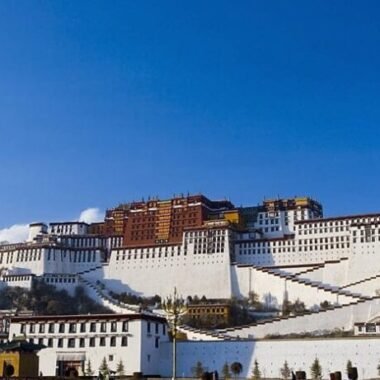
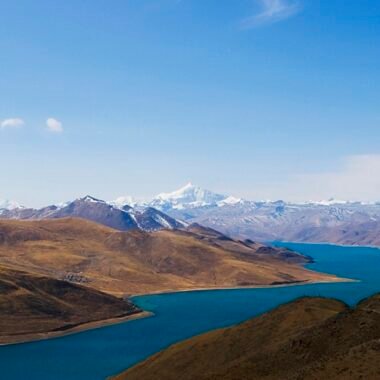
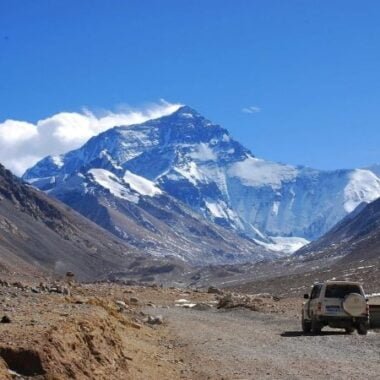

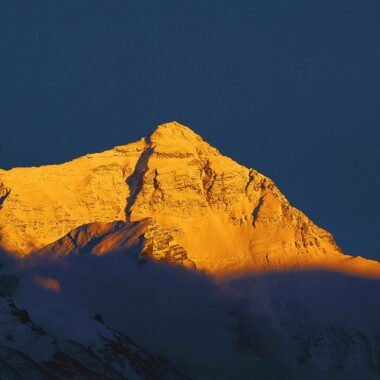
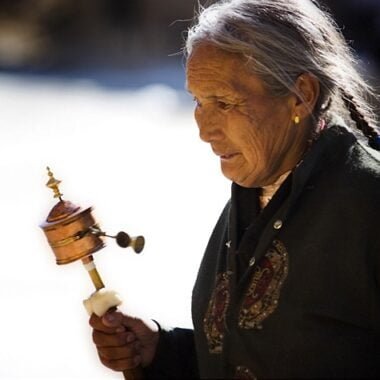
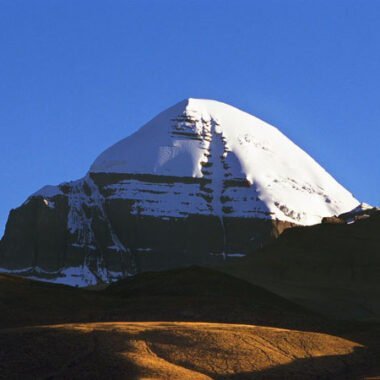



We can reach Mt. Everest either from Nepal or from Tibet. Considering the altitude, it could be better for acclimatization if travel Tibet from China, then to Nepal.